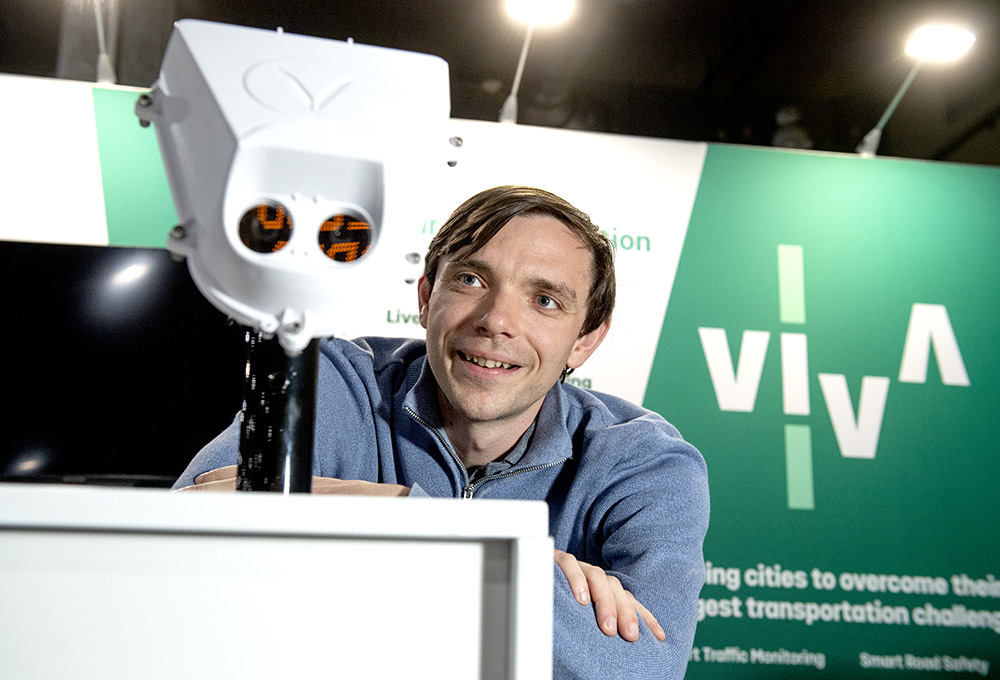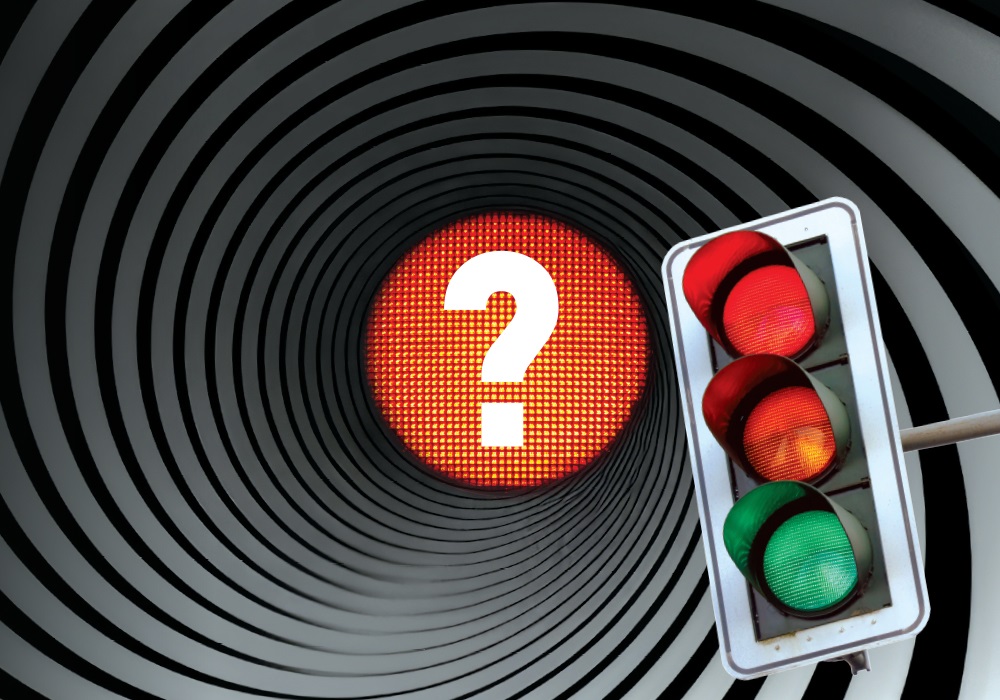
The Near Miss sensor collects width, height, length, speed and direction data to determine the trajectory of vehicles, bicyclists and pedestrians as a way to calculate the probability of a collision. DOTs can then use this data to identify event hot spots and take appropriate action to prevent them.
Near Miss can also use the data to predict how proposed solutions will impact the rate of collisions, allowing DOTs to first try cheaper, less disruptive solutions—such as additional signage or traffic light timing—before implementing more disruptive solutions.
According to Peter Mildon, Viva’s co-founder and Chief Operating Officer (COO), data collection and video analysis is conducted on the end device rather than in the cloud or a remote server. When accessed, the captured video is blurred out to protect driver and pedestrian privacy.
“Near Miss is a diagnosis tool, not a big brother tool,” Mildon said. “We want to prevent collisions before they happen rather than punish people for violations after the fact.”
Booth 1140


















